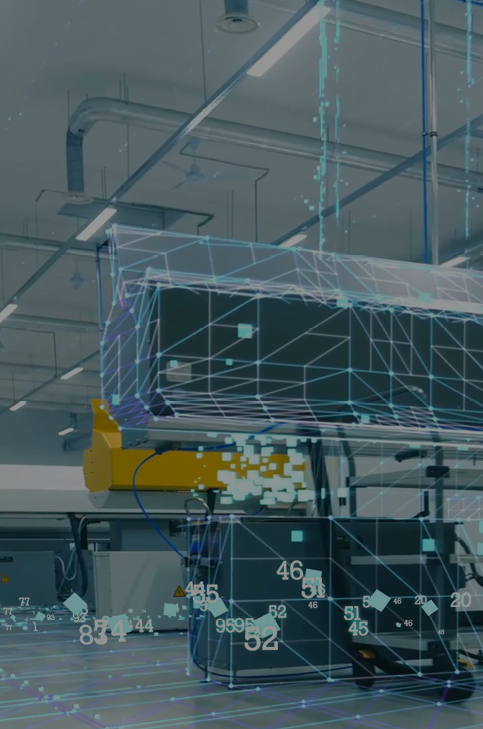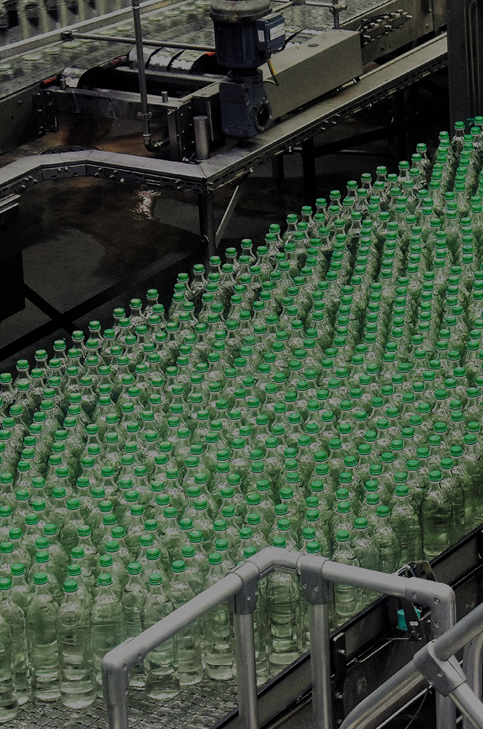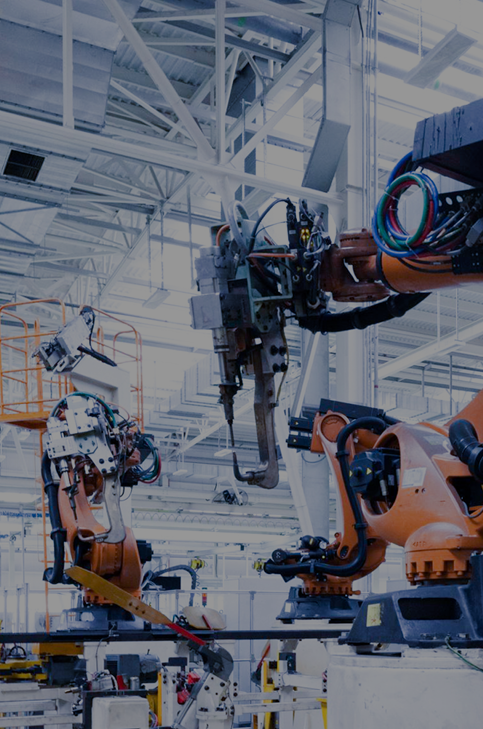Maintenance: new scenarios for manufacturing companies
Machines can break down. That is the bad fact.
What is good, is that they can now tell us when and why this is about to happen.
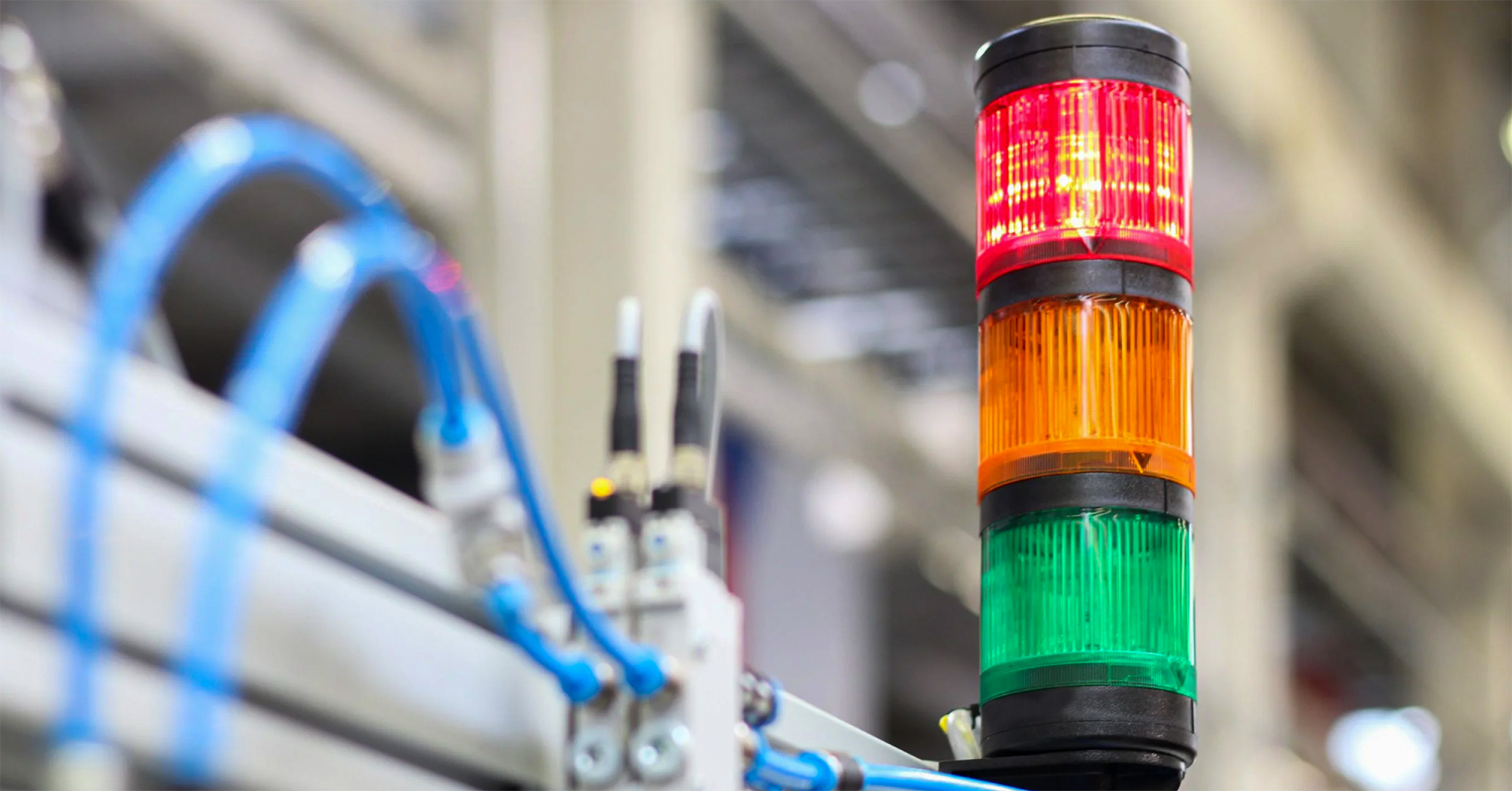
This seemingly ironic statement summarizes the essence of what the advent of technology has meant in the manufacturing sector regarding machine maintenance.
Manufacturing companies’ view about maintenance activities has completely changed: they are no longer seen as a source of excessive expenses, triggered only in emergency situations, but as an essential strategic asset.
Indeed, with the advent of Industry 4.0, machines are getting increasingly interconnected along the production chain and maintenance can prevent one failing machine from halting the whole production process. And the main goal behind all of this is no longer to fix machines, but to prevent them from breaking down!
Predictive Maintenance application
Manufacturers can maximize the operating time of critical assets by leveraging big data to anticipate their failure. Predictive Maintenance Systems gather historical data (structured and unstructured, machine- and non-machine-based) to generate insights that can’t be observed with conventional techniques. Using advanced analytics, companies can determine the circumstances that tend to cause a machine to break and monitor input parameters so they can intervene before breakage happens—or be ready to replace it when it does—thus minimizing downtime. Predictive maintenance typically reduces machine downtime by 30 to 50 percent and increases machine life by 20 to 40 percent. (McKinsey)
However, it would be wrong to think that predictive maintenance is a ‘panacea’. When starting any digitization process companies begin a journey and the challenges can be many:
- There is no certainty about the level of failure prediction that will be reached.
- Data quality and quantity can be both fundamental and limiting factors.
- You need to face Initial costs related to IT infrastructure, new processes, and people to train.
Still, these ‘obstacles’ can be easily overcome when having, from the very beginning, a systematic and realistic approach to implementing predictive maintenance. All while keeping in mind the final goal, which are the benefits that predictive maintenance can bring: optimal usage of equipment lifetime, minimized unplanned downtimes, and reduction of unnecessary preventative and corrective maintenance costs.
d-one smart maintenance
d-onefactory (MES) module contains a functionality completely dedicated to the operative management of maintenance. This functionality ensures effective control of preventive and corrective maintenance, and of course efficient management of predictive maintenance. Right, through predictive maintenance it is possible to keep under control anything that could cause the manufacturing process a decrease in performance.
Long-term data collection aids the detection and investigation of production process related problems, while real-time downtime information enables immediate reactivity, increasing operational efficiency.
In detail, with d-onefactory it is possible to:
– manage the maintenance process, from operators call to restart of production
– enable predictive maintenance with Machine Learning algorithms
– collect and track downtime information, either automatically from the machine or manually from operators, with related causes
– manage the spare parts
– record and recall videos of activities (knowledge base/video guides).
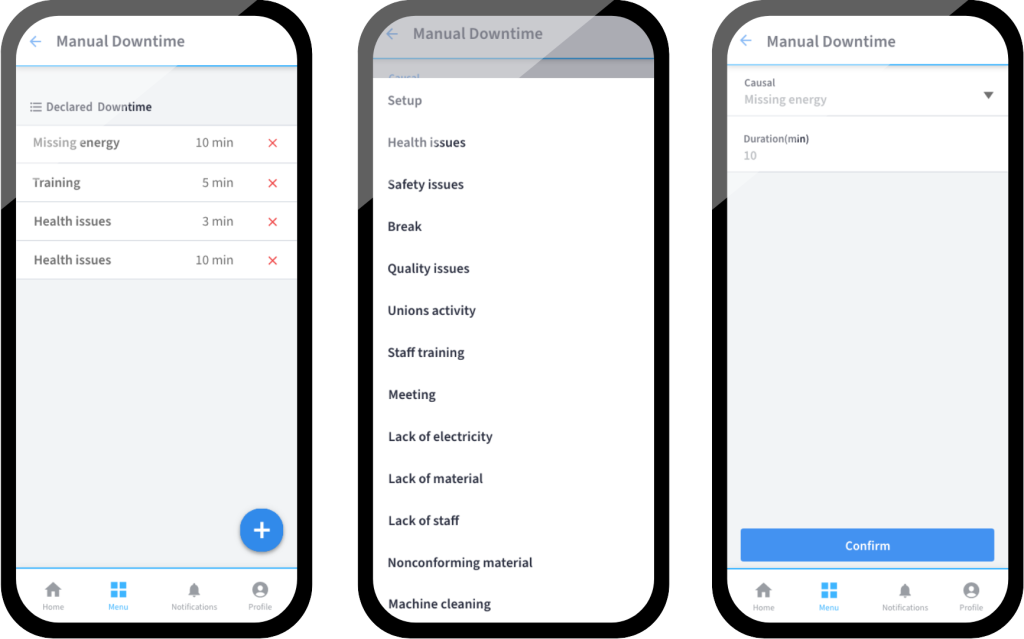
Find below an example of a real application of d-one maintenance functionality:



